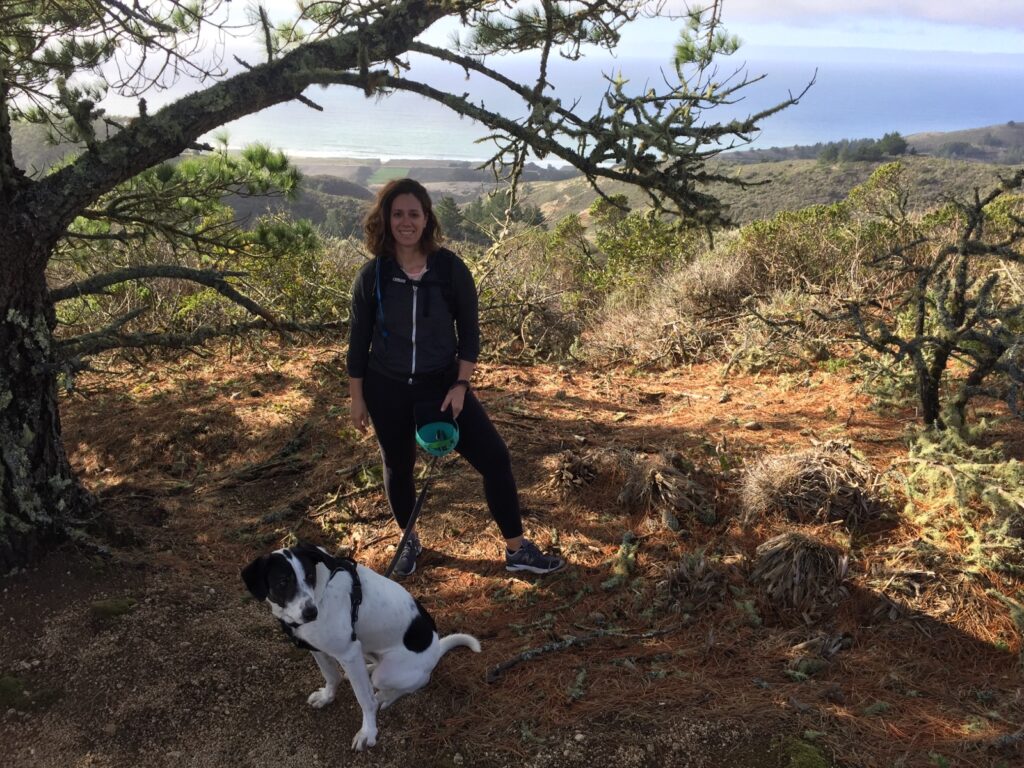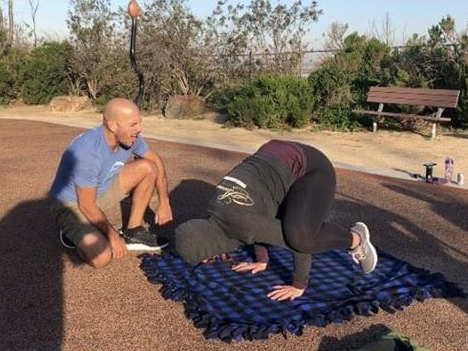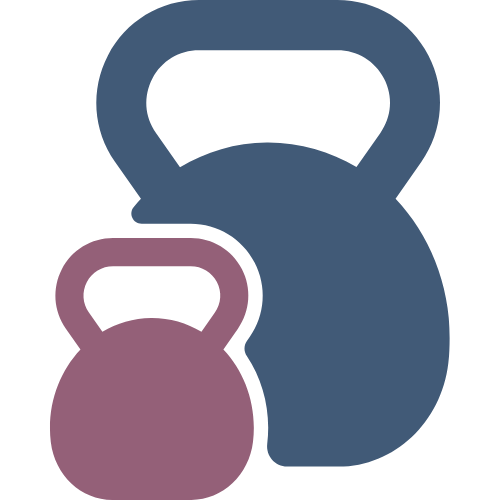
#1
Find a fitness activity you enjoy (and expect what you like to change over time).
An activity can be as simple as walking and as complex as joining a curling league.
Don’t be fooled: This step is simple, but it’s actually very, very challenging. It requires you to try a lot of stuff you dislike, feel uncomfortable, uncoordinated, unsure. It may mean you have to compromise on the exact cost, location, or frequency of participation, forcing you to put your perfectionism in check.
When you do find something you like - you’ll know it, even if you totally suck at it in the beginning.
Keep in mind it might not even be the activity itself you enjoy - it might be the instructor or participants, the ambiance/decor, the music, or something else somewhat removed from the exercise itself. That’s fine! If you feel a good balance of enjoyment and challenge before, during, after doing it, you’re on the right track!
Why is enjoyment so important? It seems obvious, but I cannot tell you how many times my clients have told me that they continued doing workouts even when they despised it (I’m guilty of this, too). They continued mainly because it was something they loved at one time, or they thought they “should” be doing it for various reasons (it’s cheap, it’s close by, it’s where their partner or friends go).
It’s ok to stop working out for a little while and take some time to experiment. Yes, it takes effort, and you will likely first come across a bunch of options you don’t like.
Then long term, remember that it’s ok if you get sick of it (because you probably will - everyone needs a break eventually). This is precisely is why it’s so important to always be open to trying new things. When you get burnt out, you’ll have a bunch of other activities to choose from which leads to the next belief:

#2
Always be building new skills
These can be skills related to the activity you enjoy: Stair climbing is a skill that can improve the strength and stamina of your walking. You can learn a new rotational core exercise as a way to improve your golf swing.
Skills can also be totally outside your realm of interest. Maybe you’re into martial arts. Working on sprinting can feel like learning a foreign language compared to sparring and forms, but with some consistency, you’ll thrive and improve your conditioning.
If you haven’t yet found an activity you enjoy, try learning and mastering some basic bodyweight exercises (planks, squats, single leg deadlifts, pushups, pullups). These skills carry over to all activities. Even if you aren’t a fan of the movements themselves, by committing yourself to learning them just a minute or two each day, I guarantee you will really enjoy the feeling of getting better at something.
The biggest benefit of skill building isn’t actually the physical improvements, it’s the mental strength you gain. Tackling and conquering something that challenged you at first feels so good!
The confidence you get from starting from zero coordination to mastery will come through in everything you do.

#3
Do not use exercise to lose weight, negate calories, or change how you look.
A few years ago, I made the leap of faith to totally separate my weight from my movement.
What I’ve found is that I never feel like I have to be perfect. I never feel pressured; I never use the word “should” in regards to exercise; I simply move my body because I feel better when I do.
Before I made this shift, every time I started a fitness program, took an exercise class, or made a commitment that was motivated by my desire to shed body fat, burn off the food I ate the day before, or “tone” my muscles, the same exact story played out:
First, I’d be super motivated. I created lists, spreadsheets, downloaded apps, researched articles, and joined groups to support my new endeavor. I busied myself with planning and visualizing how different I’d be.
Second, I’d start strong and consistent. I’d change my schedule and my life around to prioritize my new goals.
Third, I’d have a circumstance come up (illness, injury, work/life priority), or I’d totally hit the wall, lose motivation, and end the program because I didn’t follow it according to plan.
In any of the scenarios above, I’d end up feeling like a failure. I’d think, “I must not be dedicated enough,” “My self-discipline needs to improve.”
Or, even if I had completed the program with amazing results, I’d feel lost when it was over: “OK, I did it. Now what?” There was an emptiness and lack of purpose and enjoyment in my workouts afterwards. Plus I'd be burnt out and damn tired.
Last, I’d find a new program and feel relieved: “This is it! This is the perfect program! All I need to do is just follow this different thing and it’ll be better. I’ll be able to stick to this!” And I’d go right back into the first planning stage.
This cycle happened more times than I care to admit. Buried beneath the desire to look different was the craving to be deemed worthy by being seen as a “fit” person. I internalized the messages about a “lazy” person versus someone who worked out a lot and determined that I needed to exercise to be "good enough."
There are people who can lose weight, gain weight, change how they look, and not ever question their worth, damage their self-esteem, or get lost in the body-shaming mire that is diet and “health” culture. Anecdotally, I haven’t met a lot of people like that, so I tend to believe that it’s quite rare.
Even if you don’t totally agree with me on this belief, I urge you to at the very least enter into body composition change goals with a ton of self-reflection and consider that there are many other ways of getting fit and staying fit without intentionally trying to change how your body looks.

#4
There’s a difference between being uncomfortable and unsafe.
Growing up, we all had parents with widely varying degrees of what constituted safe and unsafe activities and some would hover over us (we call them “helicopter” parents) while others would let us do our thing without much supervision (“free range” parents).
Our experience of this upbringing, and furthermore our reactions to and beliefs about these styles have shaped the way we view discomfort, safety and the degree to which we tolerate each.
Imagine a line with “safe” on one end and “unsafe” on the other, describing our physical state. All activity (including lying down) comes with a degree of risk. Lying down too long can cause sores, muscle atrophy, and disease. Walking is relatively safe, but still a risk (how many of us have tripped and fell, even sprained an ankle by simply walking?).
Parallel to the safe/unsafe line is a line for comfortable to uncomfortable. Discomfort in exercise generally arises when we try something new, when we’re afraid of being judged, or when we challenge ourselves a bit too much too soon.
It’s totally normal to feel uncomfortable trying a barbell squat for the first time - the cold, rough, heavy bar resting on your shoulders while remembering all the various technique cues. But if you’ve been practicing movements that lead up to the barbell squat, and you have no medical reasons for not doing it, this is a time of discomfort, not lack of safety.
The problem arises when we mistake discomfort for feeling unsafe. They are not the same thing. And mixing up the two can lead to not allowing yourself to take the next step (or on the other end, lulling yourself into a false sense of safety when you feel comfortable).
I’ve found that just naming it takes the edge off. I'll frequently ask clients that have a look of doubt in their eyes: “Does this make you feel uncomfortable, or unsafe?” and we can quickly tackle and overcome whatever it is that they fear.
What mindset shifts matter most to you?
What surprised you about these shifts? Send me a message and let me know!
